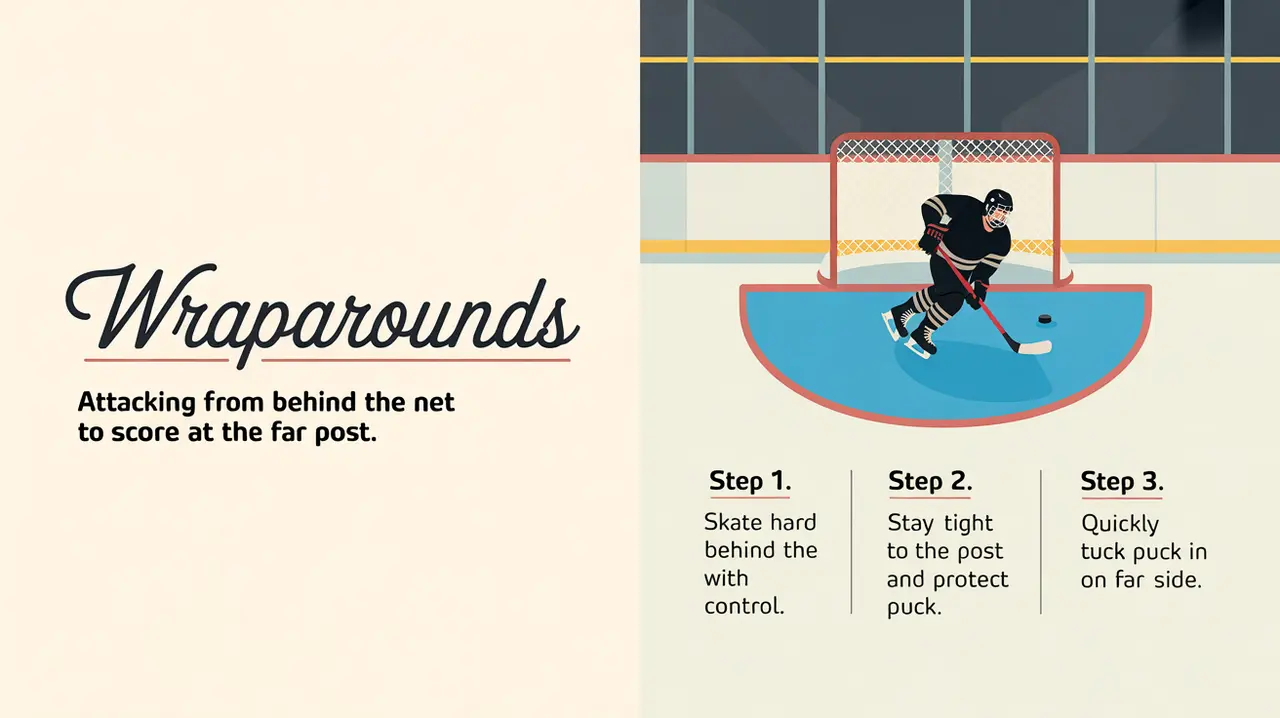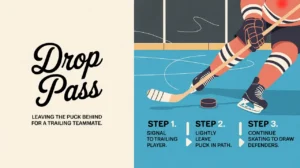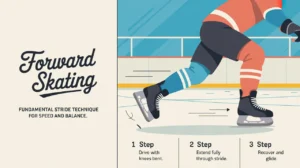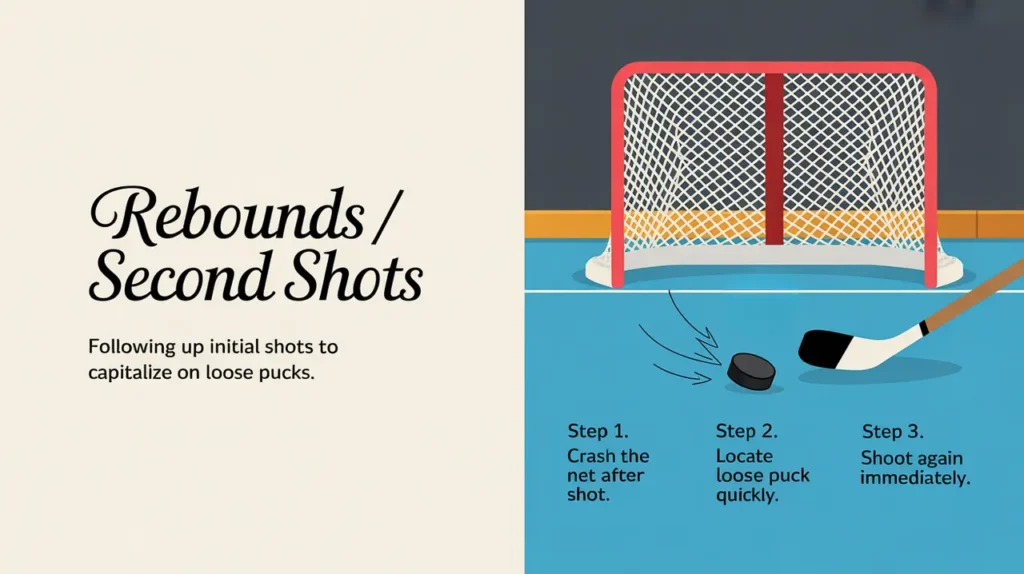Jim’s Intro to Wraparounds
Hi folks, Jim here, the only commentator who once tried a wraparound during a pickup game and ended up with my legs and arms wrapped around the goal frame.
What is a wraparound?
A wraparound is when a player skates the puck behind the net and quickly tries to stuff it in at the far post. It’s a combination of speed, timing, and positioning, often used to exploit goalies who overcommit or are late getting across the crease.
How does it work?
The wraparound relies on smooth skating, puck control, and quick hands:
- Net Approach: Carry the puck behind the net with control and pace.
- Tight Turn: Hug the net as you round the post to minimize distance.
- Blade Position: Keep the puck on the forehand and ready to jam it in.
- Post Awareness: Time the wrap so the puck reaches the far post before the goalie does.
- Lower Body Power: Use leg drive to push through contact and defenders near the crease.
- Quick Finish: Either stuff it directly or use a deceptive fake to freeze the goalie first.
How do you make good decisions with it?
- Read the Goalie: If they’re slow to move laterally, a wraparound is prime.
- Use Speed Wisely: Too slow and the goalie recovers; too fast and you lose control.
- Choose the Right Side: Attack the side where the goalie is less set or defenders are late.
- Mix in Fakes: A quick fake to one post can open up the other.
- Know When to Bail: If the lane closes, kick the puck back out to teammates instead of forcing it.
How do you master it?
Mastering the wraparound takes edge control drills and repetition behind the net. Players practice carrying the puck tight to the post, quick jam finishes, and deceptive fakes. Over time, they learn to read goalies and adjust their speed for clean execution.
What does it look like when done right?
A great wraparound looks slick and explosive. With the puck carrier swooping behind the net and jamming it in just as the goalie slides over, a wraparound can often leave defenders flat-footed.
Commentator’s Corner
Jim’s Take
A clean wraparound is like sneaking through a side door while everyone’s staring at the front. Goalies hate how fast it happens.
Parent Tip
Encourage players to work on tight turns and puck control behind the net. Comfort back there opens up real scoring options.
Player Tip
Stay low, hug the net, and drive hard through the finish. Speed and control are your best friends on this move.
A Final Thought
The wraparound is old-school but deadly. Master it, and you’ll score goals that feel like stealing candy from a distracted goalie.









